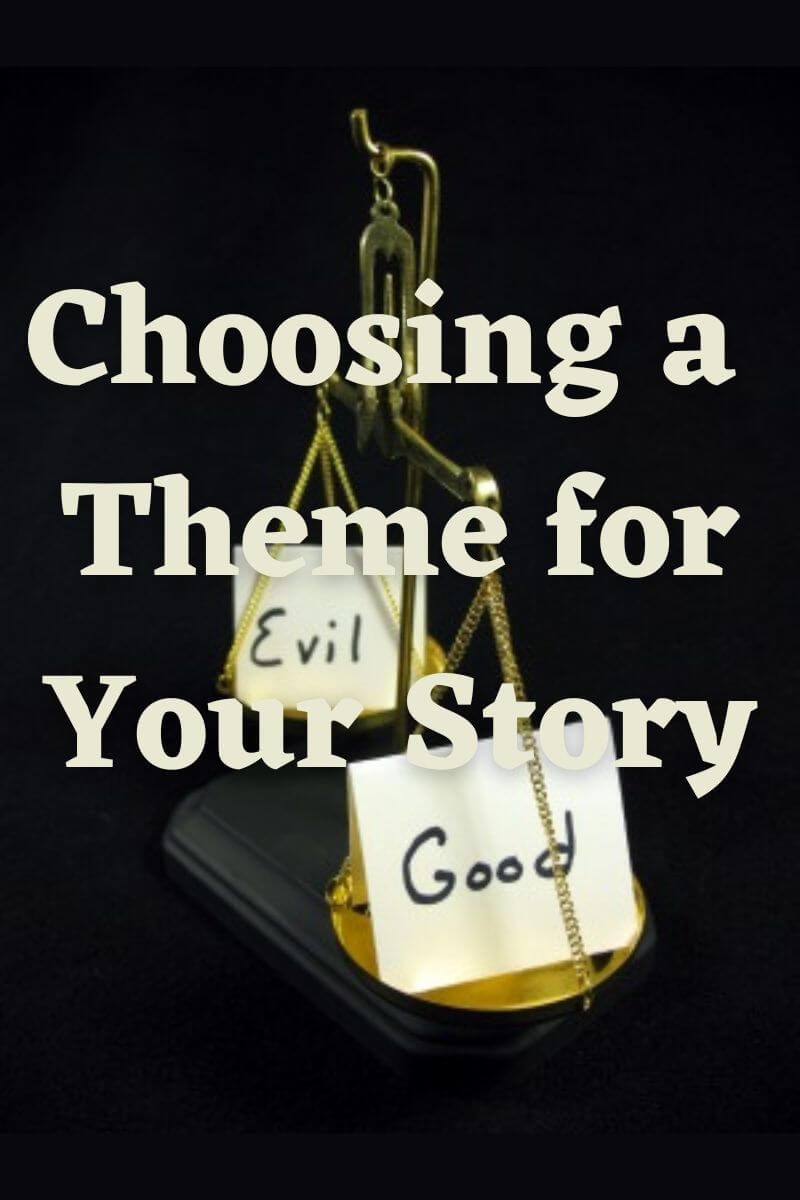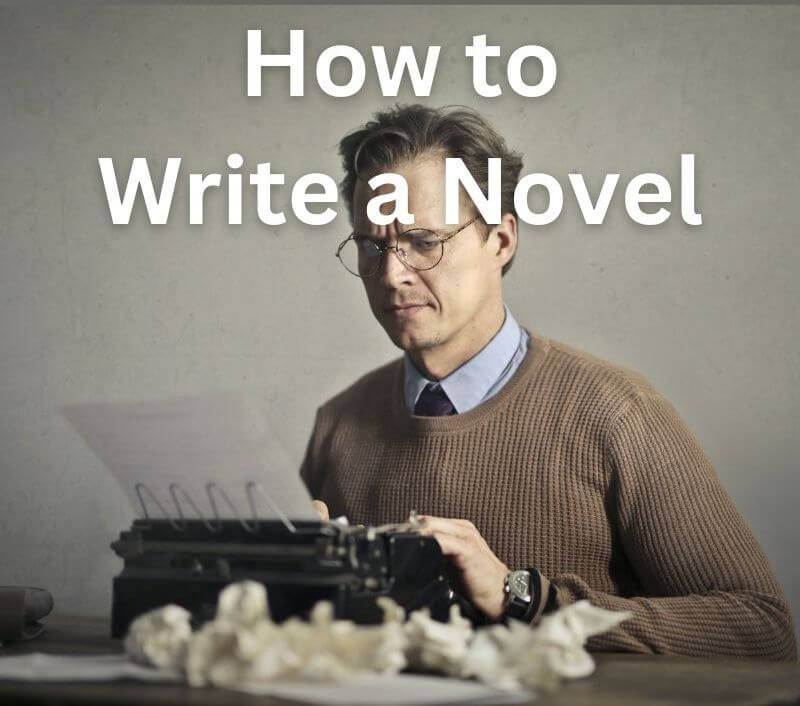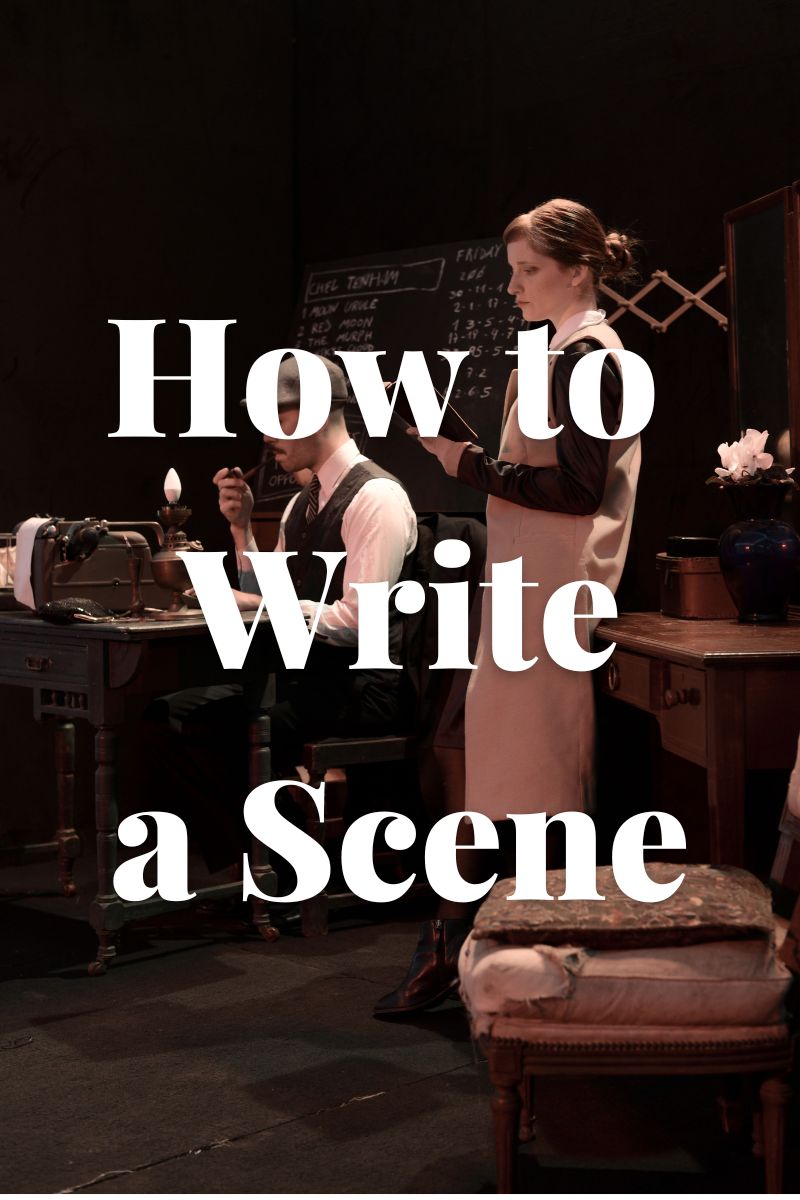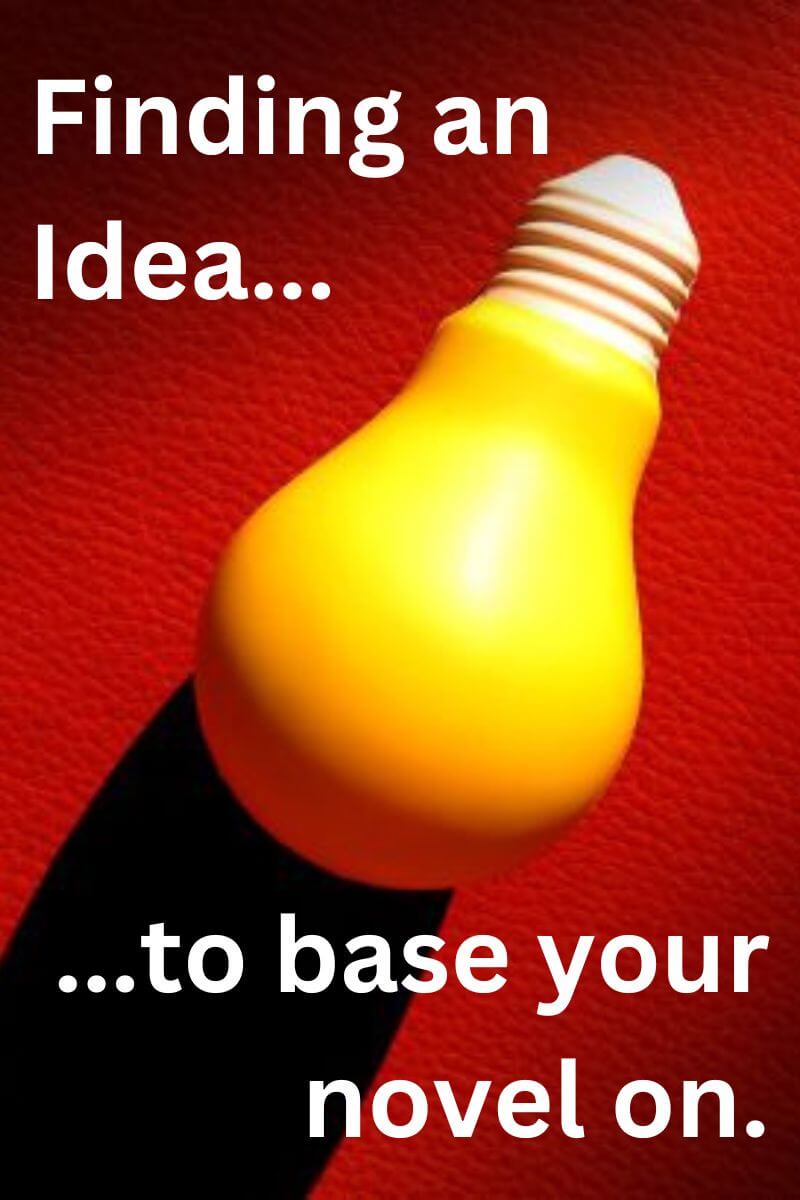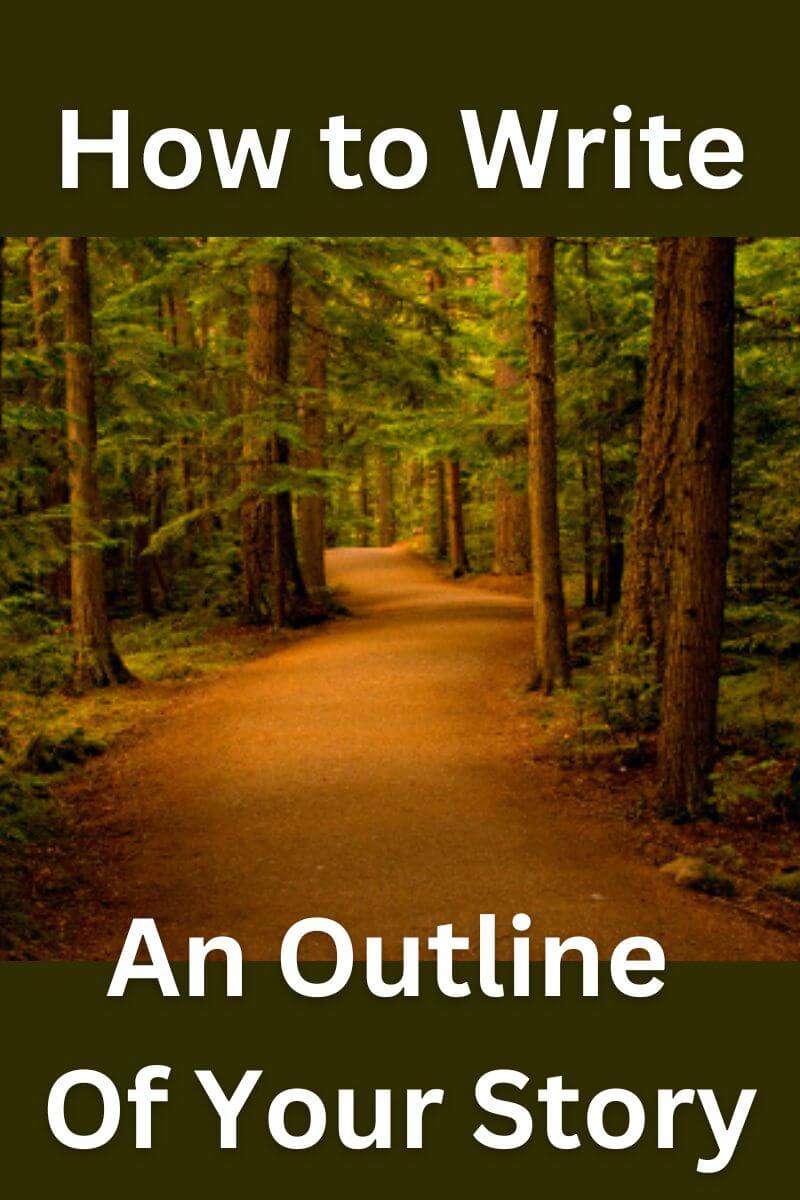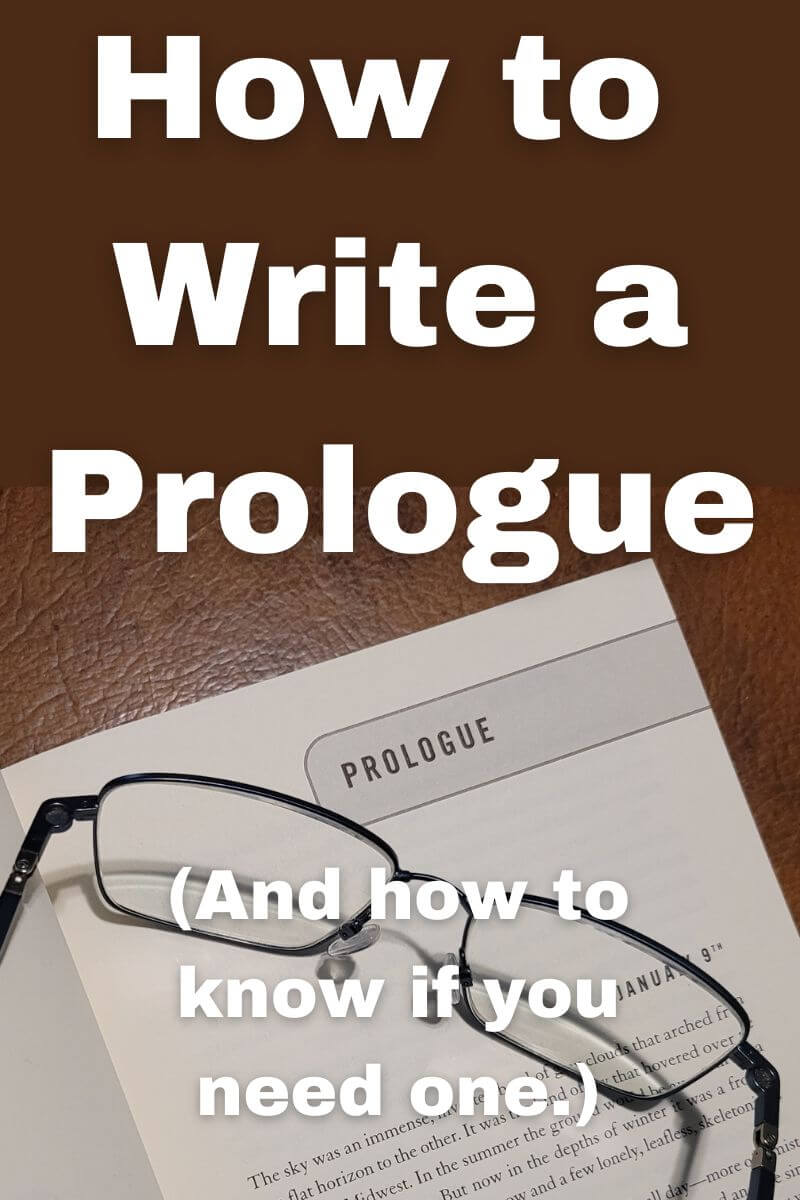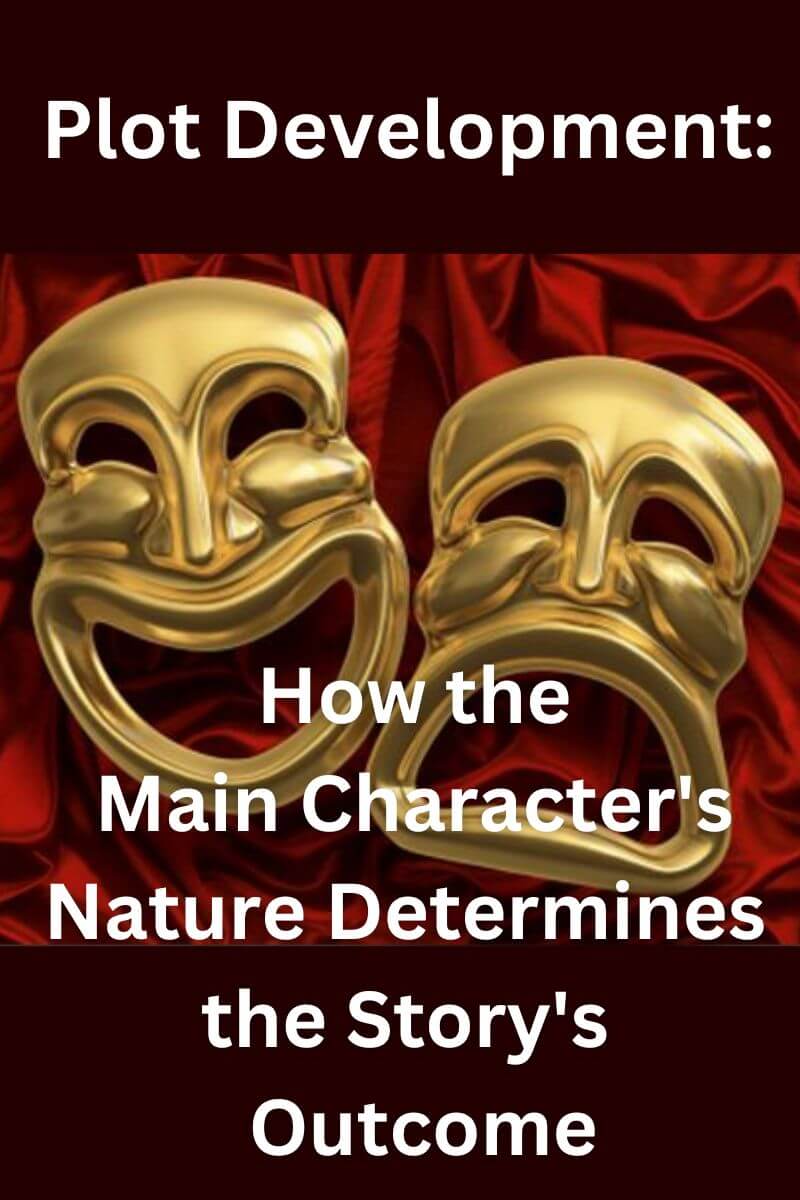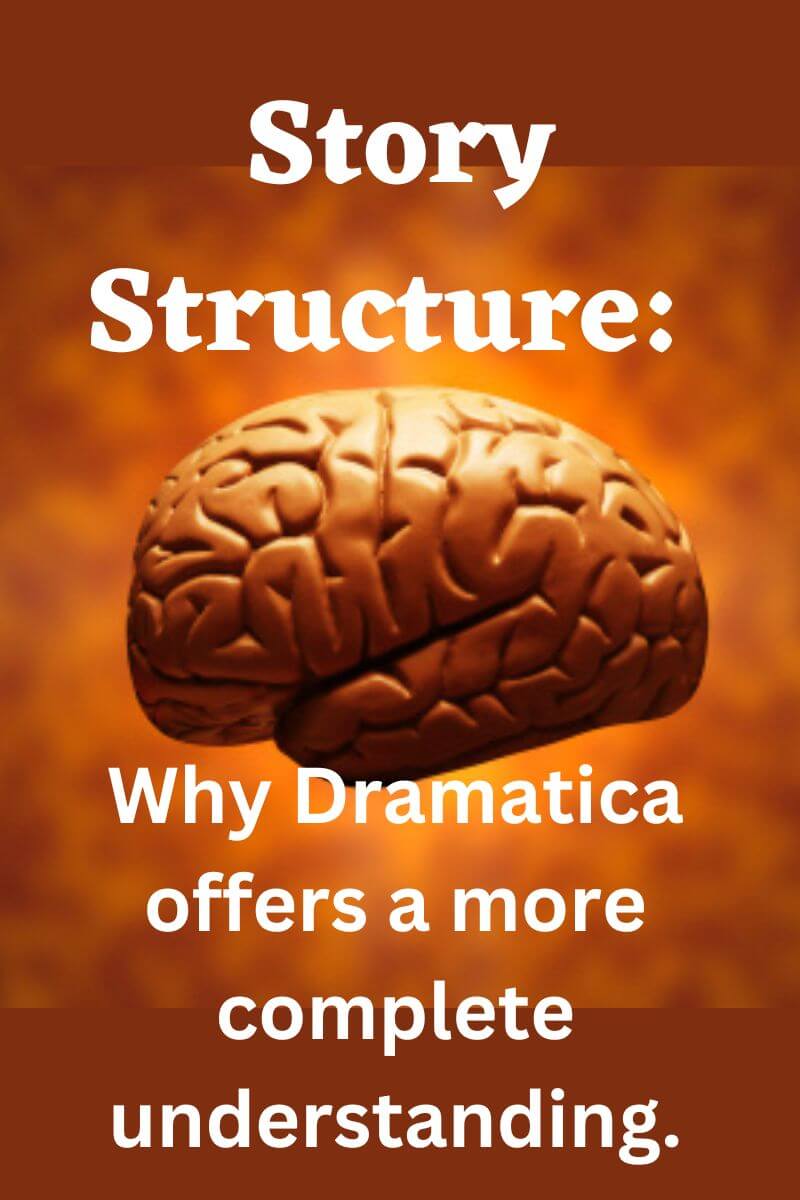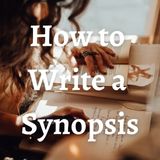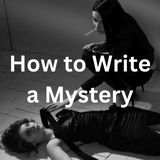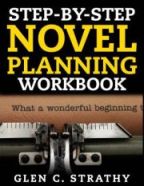How to Write a Theme Into Your Novel*
By Glen C. Strathy
Many writers never think about how to write a theme or whether their stories deliver a strong thematic message. Their approach is to focus on the plot and characters and let readers figure out what themes may be present in the story.
This approach can work because, as a writer, you have has certain ideas, interests, biases, and values that will inevitably come through in your writing. So rather than worry about theme, you can simply let the theme take care of itself.
However, there are good reasons why you should know how to write a theme.
Why You Should Know How to Write a Theme
Sometimes the main reason you are writing a story is because you have a certain message you want to convey. You may have some wisdom you want to share with your readers. If so, you want to make sure your novel expresses what you want it to express. You will want to take a conscious approach to weaving themes in your story that will convey your message effectively.
At the same time, if you don't pay any attention to theme, you could get some unintended results...
- Your thematic message might seem trite or old-fashioned. For instance, if you are writing a novel about a hero, some of the ways people view heroism and what makes a hero virtuous change over time, and you don't want your book to seem out of date.
- Your novel could impart a message which, upon reflection, you would disagree with or inspires others to take unwise actions. (For example, what if your superhero character inspires vigilantism? What if your “spiritual” message unintentionally encourages religious intolerance?)
Most importantly, a solid thematic structure can be a major organizing force in a novel that renders it meaningful, thought-provoking, and emotionally impactful. A well-expressed theme can be as valuable to your novel as character and plot.
What is Theme and Why is it Important?
Theme is a big topic because it can be used to describe several different structural elements in fiction.
For instance, the word "theme" is sometimes used to refer to ...
Subject matter: the setting, milieu, social issues, topics, or ideas explored in the story
Motifs: recurring symbols or other elements whose presence helps unify the story.
However, for our purpose here, we will be focusing on...
Values: the wisdom and lessons the story conveys.
A good story will explore and illustrate various values. The values will be principles, approaches, codes of behaviour, or other concepts that characters use to decide how to respond to a problem. The story will invite the reader to evaluate which of these values are the most advantageous, desirable, or effective, given the circumstances the characters find themselves in and the results of their choices. In other words, theme concerns the moral of the story.
The expression of theme provides the readers with intellectual stimulation which many find enjoyable. Stories about characters who face tough challenges which they either overcome or succumb to because of their chosen values can give readers examples of how to conduct themselves when faced with real life challenges. The thematic messages a story conveys (which values are the most valuable) goes right to the heart of why people read, write, and tell stories.
All of us want to make good decisions in life. We want to learn how to reach our goals and do the best or the right things for ourselves, our friends, our family, or our community. These are major challenges for most people with no simple or universal answers. Most thinking people wrestle with such dilemmas throughout their lives. One resource we can turn to to help us solve these dilemmas is stories.
For example, for most of human history, upper class children (often the only ones to get an education) have been taught history – stories of past leaders – so they could learn from the triumphs and failures of previous leaders. Similarly, religious leaders have always known that the best way to pass on wisdom that will benefit society is through stories – whether historical, mythological, or allegorical. Reading and reflecting on stories helps us understand and cope with challenges in our own lives.
In the modern world, where all children learn to read, stories -- both historical and fictional -- continue to be a vehicle for transmitting values.
Simply put: themes make stories worth reading.
How to Write a Theme: Starting With a Premise
One of the major contributors to the topic of how to write a theme was Lajos Egri, author of The Art of Dramatic Writing. Egri advises writers to work from a premise, which is essentially an overriding thematic message which the story will convey. It is a judgment that a certain attitude, quality, or belief will achieve certain results – an axiom which the reader can take from the story and apply to real life decisions.
For instance, you might begin your novel writing process by choosing a premise such as, “Pride goeth before a fall,” or “Love conquers all.” From such assertions, you would derive ideas for ...
- a main character,
- conflict, and
- a resolution.
With a premise of “Pride goeth before a fall,” you might create a main character who develops excessive pride which puts her into conflict with those around her and ultimately leads to her downfall (or the frustration of her goal). Or, if you chose “Love conquers all,” you might create a story about someone who faces terrible hardships or problems which he overcomes through the act of love.
If you already have a novel you're working on, you may find it helpful at some point in your planning/revising to ask yourself what premise you want your novel to prove. What thematic message do you want it to deliver? What values does your main character hold that prove to be either helpful or unhelpful in achieving his goal?
Once you have determined your premise, see if the events in the story you are working on actually support it. If you haven't illustrated your theme in a way that satisfies you, consider revising.
What Dramatica Theory Says About How to Write a Theme
Of course, one risk of basing your novel on a thematic premise is that it can lead to a trite or “message-y” story which is too obvious in its attempt to convey a moral lesson.
If you've ever been a parent, you know that the most “message-y” books written are children's books. Not the classics or the best sellers so much, but the mass-produced, 2nd tier variety. Consider, for instance, how message-based the Berenstein Bears series is compared to Beatrice Potter's books. Or how non-message-y A. A. Milne's original Winnie the Pooh books are compared to the many sequels churned out by Disney.
(The sheer number of low-quality, message-based children's books in print shows that many parents are more concerned with exposing their children to “good messages” than good literature, which may be one reason so many children get turned off of reading as they get older, just as adults learn to ignore advertising. But I digress.)
Dramatica theory makes an important contribution to the topic of how to write a theme by recognizing that a thematic message can be conveyed more effectively when values are looked at it from many angles.
For instance, imagine you are a primitive cave dweller listening to your friend's account of how he single-handedly saved your community from an attack by a neighbouring community. Obviously, your friend has an agenda. He wants to extol the virtues he believes he possesses – strength, courage, cunning, etc. He wants you to agree with him, possibly so that you will help him become the leader of your group, and also so that other members will copy these virtues and teach them to their children. Your friend feels this will give your tribe a long-term survival advantage.
However, as you're listening to the story, all kinds of questions may pop into your head. You can see that your friend triumphed partly through luck rather than skill. You note that one of the “enemies” he killed was the husband of your favourite cousin, who married into that community a few years ago. Also, the fight took place on a day when most of the other community's men were off on a hunting trip. “Will they want revenge when they return?” you ask yourself. And who really started the fight? Perhaps the whole conflict could have been avoided if your friend hadn't provoked the attack by hogging all the best fishing spots. Maybe negotiating would have worked better than fighting.
Readers know they cannot trust a storyteller absolutely. We all learn to read between the lines. And when we're handed a one-sided argument, we tend to dismiss it as biased.
On the other hand, a good story will explore many different sides of an issue honestly and invite us to draw our own conclusions. Naturally, we trust our own conclusions more than what someone else tells us. In fact, many people don't like being told what to think and believe. Again, this is why message-y stories are less effective.
So let's take a look at how to write a theme in a way that engages the readers more effectively...
How to Write a Theme in a Way that is both Easy and Sophisticated
The first thing to do is consider a principle (which Dramatica calls an "issue"). This will be something you want your story to argue is good, valuable, or effective. At the same time, choose an opposing principle, which Dramatica calls a "counterpart." For instance, I might choose...
self-interest vs. altruism
Next, choose two perspectives from which to view these principles. For instance, I might choose...
the perspective of someone who is privileged
vs.
the perspective of someone who is unprivileged.
Just using these four elements, I can construct six possible combinations that can be turned into scenes or events in my story. I may have...
1. A scene that shows what self-interest looks like from the perspective of someone who is privileged.
2. A scene that shows what self-interest looks like from the perspective of someone who is unprivileged.
3. A scene that shows what altruism looks like from the perspective of someone who is privileged.
4. A scene that shows what altruism looks like from the perspective of someone who is unprivileged.
5. A scene that shows objectively which principle is more valuable: self-interest or altruism.
6. A scene that shows objectively whose perspective is more accurate or valuable: privileged or unprivileged people.
Of course, each of these six questions could be answered and illustrated in several different ways, which could lead to many more scenes, but six alone are enough to create a fairly complex exploration of the theme.
Note that there may only be one scene in which self-interest and altruism are pitted against each other directly.
Including all six types of scenes in a story will give readers an intellectual puzzle to solve. Which principle is best? Who has the better understanding? Because there is evidence on both sides, readers will have to weigh up the evidence and decide for themselves what the thematic message of the story is. This can make for lively discussions in book clubs.
Of course, as the writer, you are free to put your thumb on the scale to make it come down on the side of the principle you believe is best The trick is to not be heavy-handed. In some incidents, it may be ambiguous which approach is more valuable. Some scenes may show one approach or perspective is more valuable. Other scenes may show the opposite approach or perspective is more valuable. You can stack the evidence to favour the side you prefer, as long as all the scenes feel authentic and all the characters are portrayed in a way that lets the reader empathize with them. If you do this well, the reader will feel you are playing fair and will enjoy solving the puzzle. Most readers will get the message, but it's OK if some draw the opposite conclusion.
Note too that the theme scenes may involve any characters in your novel -- not just the main character. It is common to use subplots to explore issues from different perspectives and show the reader which principles are better in different situations.
If you are writing literary fiction, or any novel where you want your theme to reflect the ambiguity of life, you may want the scales to be nearly balanced at the end. Maybe love conquers all...but perhaps it also exacts a terrible cost. Maybe pride creates enemies...but perhaps it also gives people the courage to pursue their dreams. Maybe there is no course of action that is right in all circumstances.
Take, for example, the novel, A Clockwork Orange, by Anthony Burgess. The main character in this book, Alex, is a young man whose proclivity for rape and violence make him a serious threat to society. When he is finally jailed for murder, he volunteers to undergo a psychological conditioning method that makes it impossible for him to continue his former ways. This gets him paroled sooner, but at a terrible cost. Not only is he rendered defenceless (so all his enemies get revenge on him), but the conditioning also deprives him of his one redeeming personality trait – his love of classical music – which symbolizes his spiritual side.
We can describe the book's theme as “individual freedom vs. societal control.” Freedom appears to be a good thing when it allows Alex to defend himself, or to foster his unique love of music. But it's a bad thing when he commits violence against others. On the other hand, when the government controls Alex's behaviour (via the conditioning), it is good, in that it protects others. But it also is bad, in that it destroys his self-determination and his ability to appreciate music – in essence it takes away his soul.
By exploring freedom vs. control in a balanced, ambiguous way, the novel invites readers to make up their own minds which principle is better.
(Curiously, the American version of the novel ends at a point in the story where where Alex has been freed from both prison and the psychological conditioning, and is contemplating a return to his violent life. Thus, it gives individuality the last word. The original, British version of the novel contains an additional chapter in which Alex contemplates a new life as a productive family man, and worries if his children will be as prone to criminality as he was. Thus, that version gives society the last word.)
On the other hand, maybe you aren't so concerned with writing a novel that makes people think. Maybe you're concerned with how to write a theme that is simple and straightforward such as “good versus evil.” At the very least you want your reader to know what sets the good guys apart from the villains. (For instance, “evil” in such stories usually means a willingness to inflict suffering on others, particularly in pursuit of personal gain. Conversely, “good” means preventing the suffering of the innocent, despite personal cost.)
Assuming you want the reader to see that “good” is the best choice, and have it triumph in the end, you will provide incidents along the way that show “good is better.” However, your message will be stronger still if you include incidents in which “evil” seems to be more effective, if only in small, limited ways. Making your hero less than perfect and your villain a little sympathetic can also add realism to the story. If your novel includes a little of both points of view, the reader will see your message as more objectively true.
- Home
- Write a Novel
- Theme
Do you have a question about theme or any other aspects of novel writing? If so, visit our Questions About Novel Writing page to get the answers you need.
